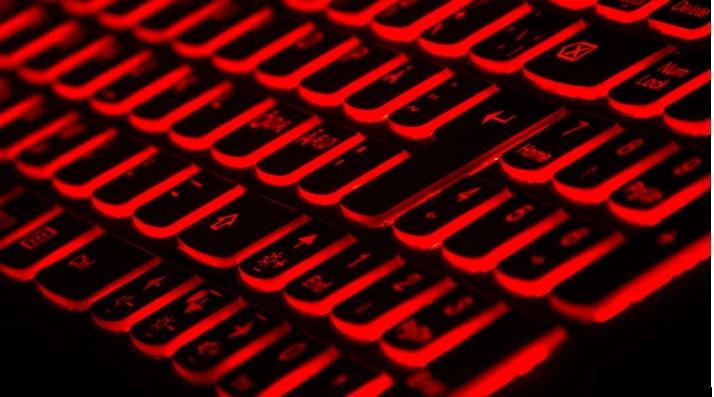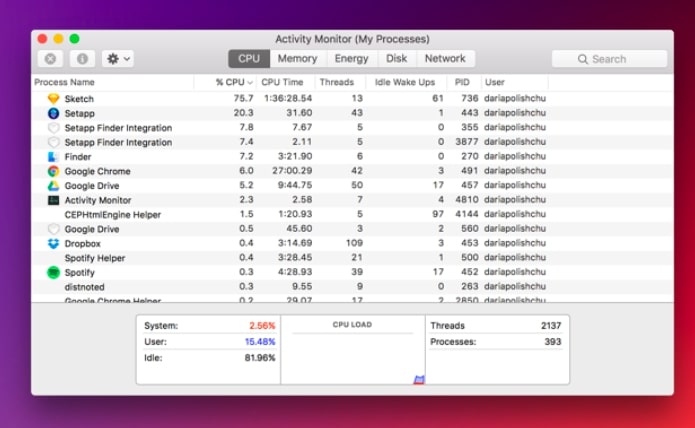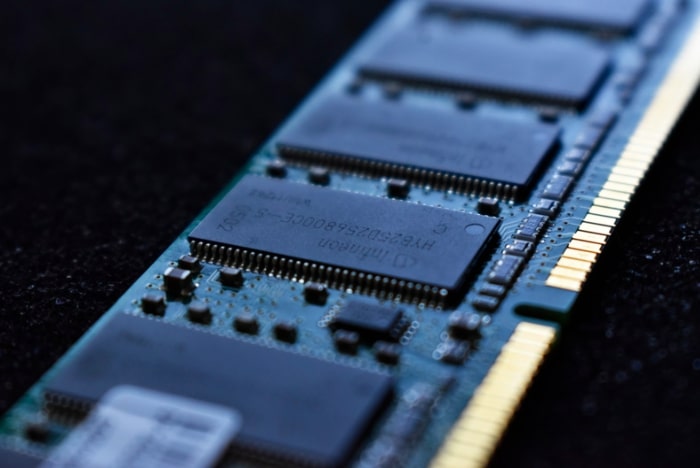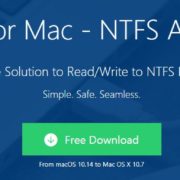
If you are having problems with your Macbook’s performance, you might be thinking that it is time to buy a new computer. While that is an option, it should not be the first idea that comes to mind.
Even if you are stuck with an older Macbook model, you can still make improvements to improve its speed. And here are some tips on how to improve the situation.
Tip #1 – Make More Disk Space
Lack of drive space is one of the most common causes behind the dip in a Macbook’s performance. Sometimes, it is difficult to keep every file you want because macOS drives are relatively small in how much space they have.
Getting rid of old applications and transferring some data to cloud-based services are good options. But you should also look to clean the system from junk files. It would be a big challenge to delete such files manually. Instead, read on about the best Mac cleaner software and choose one from the list.
Tip #2 – Scan for Malware and Viruses

Image source: Unsplash.com
There are a lot of potential threats, like malware and viruses. Even those who are actively avoiding suspicious websites cannot guarantee the protection of their Macbook 100 percent.
Anti-virus software should be one of the priorities for every Macbook owner. It is possible that a virus or malware is behind the sudden dip in the performance. Scan through everything thoroughly using anti-virus, and if there are any threats located, get rid of them.
Also, if you want to have peace of mind, do not leave the anti-virus running in the background. Do regular scans, like once every week.
Tip #3 – Optimize Web Browser
It may come as a surprise, but website browsers consume quite a lot of memory. If you are noticing sluggishness when surfing the net, it may be the fault of the browser, not the computer.
Try different browsers and see how each of them performs. Also, keep the number of open tabs and extensions to a minimum as these also consume resources.
Tip #4 – Find Resource-Hungry Applications

Image source: MacPaw.com
Speaking of applications that consume resources, Activity Monitor is the tool for locating the biggest consumers. Launch Activity Monitor and sort processes by CPU usage and memory.
The ones at the top might not be needed in the first place. If there are better alternatives, make a change. In some instances, an app might be running in the background when you do not need it. Close such applications and have them running only when you use them.
Tip #5 – Turn off Visuals
Visuals are a feature that offers very little. Those who are looking for optimal performance are better off switching visuals off. Go to the Dock and untick the boxes from “Automatically hide and show the Dock” and “Animate opening applications”. Also, you can switch the Genie effect to the Scale effect in the “Minimize windows opening” setting.
Tip #6 – Prune Startup Item List
Restarting the computer regularly helps with the performance as well. It prevents what is known as memory leakage. However, if you have a hefty startup item list, you may avoid restarts as much as you can.
Applications that you install sometimes end up on the startup list without you wanting for that to happen. To salvage the situation, go to System Preferences and click on Users and Groups. Find your profile and log in. There will be the Login Items tab.
Select an application and click on the minus button below to remove it from the item list. Repeat until there is a minimum number of applications left. Save the changes and restart the computer. The difference from before will be noticeable.
Tip #7 – Update the System
Updates are great for stability and hotfixes, so whenever there is a new version for applications or the macOS itself, get it at your earliest convenience.
However, there are times when upgrading to new macOS causes problems. If you believe that the Macbook’s performance has gone downhill after the last OS update, switch back to the previous version and see whether that makes any difference.
Tip #8 – Get SSD and extra RAM

Image source: Unsplash.com
The overall hardware setup is one of the things you consider before purchasing a Macbook. After all, specifications determine the price and quality of the device.
Nevertheless, it does not mean that you have to stick with the same specifications for eternity. Upgrading hardware is always an option. You can add extra RAM for more memory and even purchase a solid-state drive.
Tip #9 – Clean Dirt and Dust
Dirt and dust are a big problem if the Macbook is static. You will encounter loud fan noises and overheating by failing to take care of the dust problem. Find some time in your schedule to regularly get rid of any dust and dirt inside the computer.
Final Conclusion
Follow our tips and boost the speed of your slow Macbook, if you have done and still not able to see any results please feel free to email us at info@techpcvipers.com and our team helps you to resolve the ongoing issues.
![5 Best Data Erasure Software Of 2020 [Tested] Recovery Impossible 5 Best Data Erasure Software Of 2020 [Tested] Recovery Impossible](https://www.techpcvipers.com/wp-content/uploads/2020/06/Best-Data-Erasure-Software-180x180.jpg)


